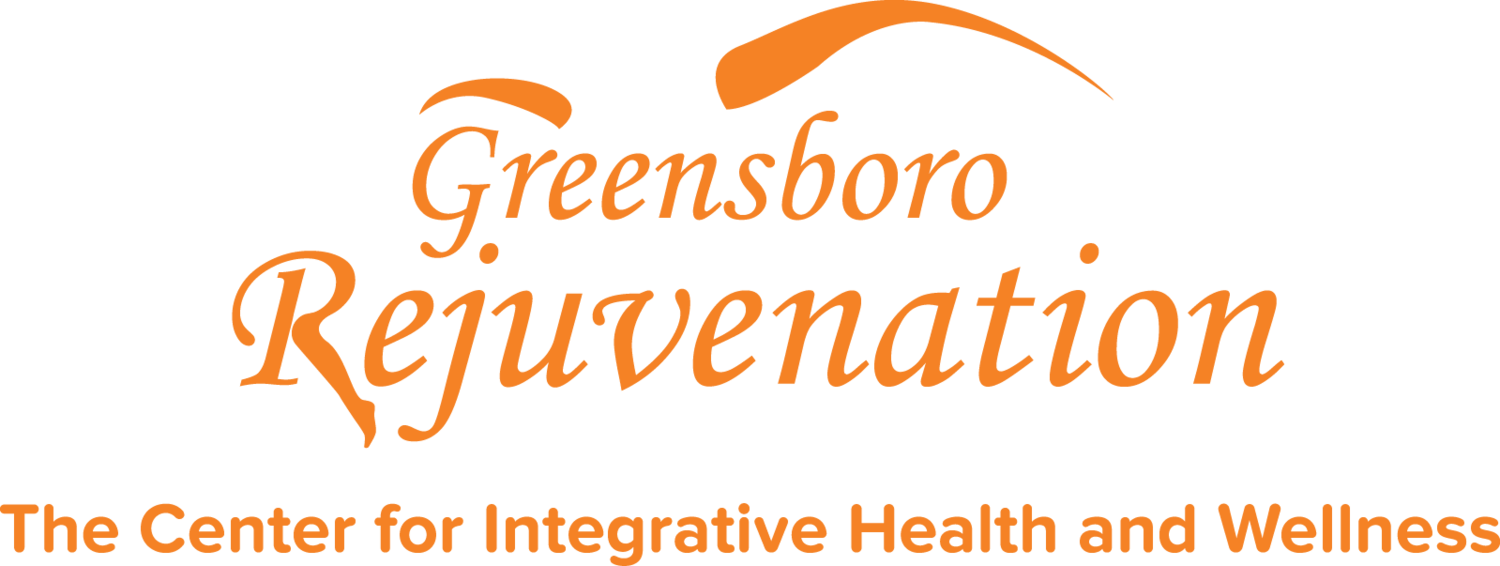Treatment of chronic non-healing ulcers using autologous platelet rich plasma: a case series.
/BACKGROUND:
Non-healing ulcers are a major health problem worldwide and have great impact at personal, professional and social levels, with high cost in terms of human and material resources. Recalcitrant non-healing ulcers are inevitable and detrimental to the lower limb and are a major cause of non-traumatic lower limb amputations. Application of autologous Platelet Rich Plasma (PRP) has been a major breakthrough for the treatment of non-healing and diabetic foot ulcers, as it is an easy and cost-effective method, and provides the necessary growth factors that enhance tissue healing. PRP is a conglomeration of thrombocytes, cytokines and various growth factors which are secreted by α-granules of platelets that augment the rate of natural healing process with decrease in time. The purpose of this case series was to evaluate the safety and efficacy of autologous platelet rich plasma for the treatment of chronic non-healing ulcers on the lower extremity.
CONCLUSION:
This case series has demonstrated the potential safety and efficacy of autologous platelet rich plasma for the treatment of chronic non-healing ulcers.





















